Tintoretto was il Furioso. He was a lightning flash or a thunderbolt, a storm in La Serenissima of Renaissance Italy, a maverick and a cheat. One of his friends, a fellow Venetian, likened him to a peppercorn overwhelming ten bunches of poppies. More often than not, those poppies were rival artists. He trampled them like an overgrown child.
Henry James said that ‘if Shakespeare is the greatest of poets, Tintoretto is assuredly the greatest of painters’. He was at least the most aggressive. A series of exhibitions opens in Venice this autumn to mark the 500th anniversary of Tintoretto’s birth. If they show him to be half as devious as his first biographers described him, then it will be all anyone can do to salvage his good name.
So many of his commissions were won by subterfuge and stealth. In 1564, the Scuola Grande di San Rocco, a lay confraternity in Venice, held a competition for an artist to complete a ceiling painting of Saint Roch, the protector against plague. Tintoretto (1518/9–94) was among the painters invited to produce designs for the space. The story goes that every artist placed his sketch before the judges except Tintoretto, who peeled back a covering from the ceiling panel to reveal a finished work instead.
Tintoretto’s painting of the saint being received by God is brilliantly dynamic but, as the members of the confraternity told him, he had no right to have installed it surreptitiously. Tintoretto calmly responded that they were welcome to it, which was less generous than cunning, for they were obliged to accept donations to the scuola. In the end, the majority voted not only to keep the painting, but also to employ Tintoretto to produce several more for the building in exchange for an annuity.
Some of Tintoretto’s earliest biographers and critics traced the roots of his fierce ambition to a rejection. Carlo Ridolfi, born the year of Tintoretto’s death, and Marco Boschini, a 17th-century artist and author, wrote of his maltreatment as a young apprentice. They record that Jacopo Robusti (he took the nickname ‘Tintoretto’, ‘little cloth dyer’, after his father’s trade) joined the workshop of Venice’s leading painter, Titian, only to be dismissed a short time later. It is hard to believe that Titian could have so envied the boy’s talent, but the story served as an enticing explanation for the rivalry that developed between the two men.
Tintoretto in any case persevered, perfecting his mastery of the foreshortened form by suspending wax and clay figures from the rafters of a doll’s house and sketching them from below. While Titian, his senior by 30 years, took on the most prestigious commissions, Tintoretto initially deemed no work beneath him, dashing off pictures alongside the jobbing artists who peddled painted furniture in St Mark’s Square.
Speed was Tintoretto’s greatest asset. Vasari, his contemporary, might have disliked the swift, bold and often visible brushstrokes that lent his paintings an unfinished quality, but these were what brought his grand narratives to life. Generally convinced of the superiority of Florentine art, Vasari found it almost offensive that Tintoretto should have squandered that rare thing, an ingenious Venetian brain, on art so slapdash and lacking in design. Underdrawings in fact reveal how carefully Tintoretto conceived the sculptural forms of his figures. If his speed was a problem, it was only insofar as he harnessed it against his rivals.
Tintoretto was forever undercutting other artists by offering his paintings at prices far below their true value — or even for free, foisting them upon people, said Vasari, as gifts. He was certainly less motivated by money than by a desire for recognition and fame. He married a woman from an old Venetian family and, while not enormously rich, earned enough from the commissions he did accept payment for to support her and their eight children.
Unlike the superbly connected Titian, who enjoyed international renown, Tintoretto was apparently content with being a big fish in the Venetian Lagoon. He rarely left but when he did, he knew precisely how to get what he desired. ‘He was capable of accommodating himself to anyone with the utmost graciousness,’ wrote Ridolfi, the most sympathetic of his biographers, ‘and was particularly skilled in the delicate art of handling the great’, not least the Duke of Mantua. Charming and affable, Tintoretto wangled a luxurious stay for himself and his wife at the Duke’s court while ensuring he was not limited to painting for him alone.
Tintoretto’s chameleonic qualities extended to emulating the work of other artists. He allegedly passed off one of his portraits as a Titian simply to highlight the ignorance of the connoisseurs. When the church of Santa Maria Assunta dei Crociferi was seeking to commission an Assumption of the Virgin in the 1550s, he dissuaded the fathers from approaching Paolo Veronese, saying that he could just as well paint in Veronese’s style himself. Tintoretto’s finished altarpiece, if not quite as romantic as a Veronese, is softer and dreamier than many of his others.
Tintoretto’s peers might have forgiven him his slipperiness if he had been just starting out and desperate to make his mark. But he was by now firmly established, his seminal ‘The Miracle of St Mark Freeing a Slave’ of 1548 having earned him a glorious reputation and a slew of prestigious commissions. And yet he carried on as though he were playing a zero-sum game. As if determined to produce ‘all the work for the city himself’, he even donated a painting of the Venetians’ victory over the Turks in the Battle of Lepanto to the wealthy Palazzo Ducale.
He produced many more paintings for the Palazzo besides, including his most famous, the enormous 22m by 7m ‘Il Paradiso’. But, since even this commission came about at the expense of others one cannot help but question his worthiness. Tintoretto was nearing 70 when the painting was sought as a replacement for an earlier work destroyed by fire. If he was outraged to see the job awarded to his younger rival Veronese and the artist Francesco Bassano, of whom he had a particularly low opinion, he soon seized an opportunity. Differences between Bassano and Veronese, followed by the latter’s death, saw Tintoretto free to employ ‘every stratagem’ to replace them. His prayers, he said, were to get Paradise in this life and reach it in the next. The former, at least, was granted. Completed in part by his son Domenico, ‘Il Paradiso’ is the most chaotic and confounding of his works.
Did Tintoretto deserve his success? If, with every commission he wrested away, he spurred another rival on, then his ruthlessness might well have served a greater purpose in the history of art. To go by his paintings alone, it is difficult to deny him his place in the pantheon. Perhaps the artist who humorously filled his ‘Last Supper’ at San Trovaso with disciples swivelling in their chairs and slouching like drunken paupers was less a heartless saboteur than a rapacious and competitive bon viveur with a rather tiresome appetite for mischief.
Got something to add? Join the discussion and comment below.
Get 10 issues for just $10
Subscribe to The Spectator Australia today for the next 10 magazine issues, plus full online access, for just $10.
You might disagree with half of it, but you’ll enjoy reading all of it. Try your first month for free, then just $2 a week for the remainder of your first year.

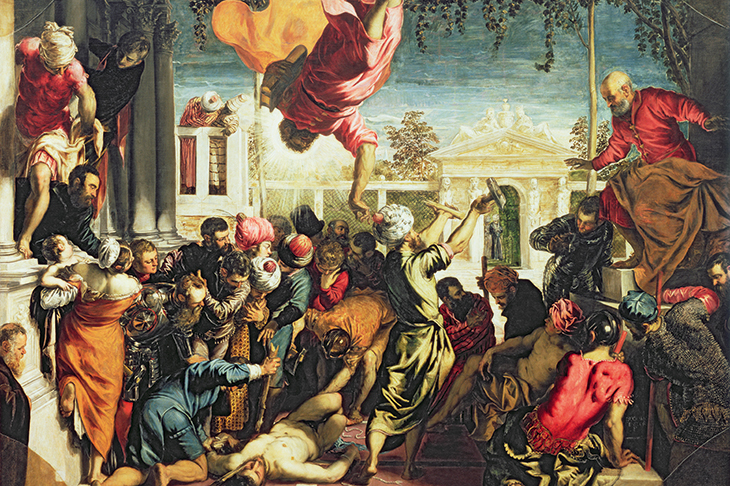


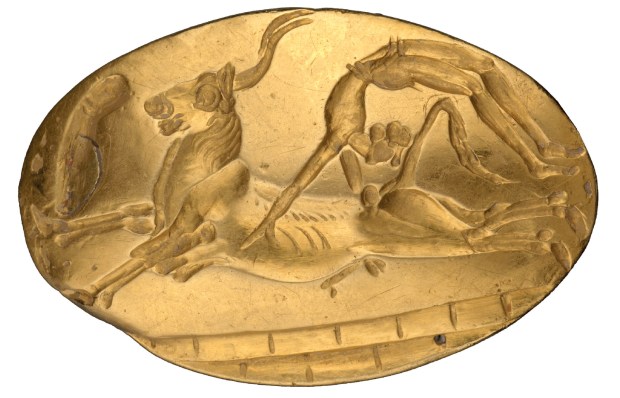
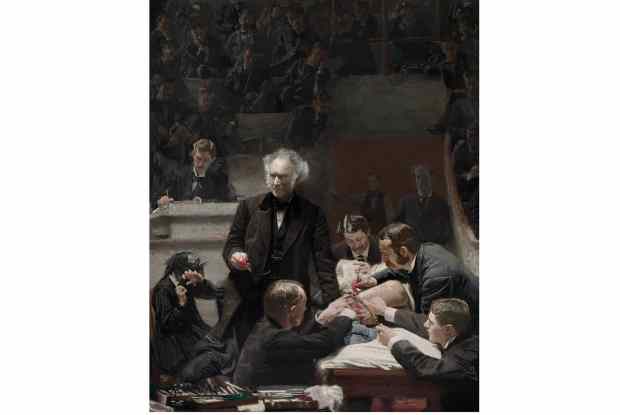
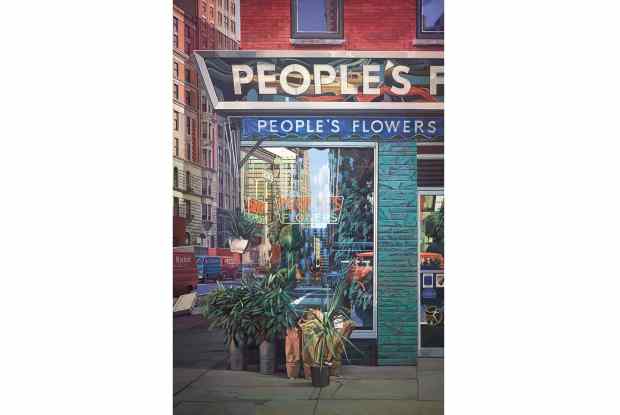
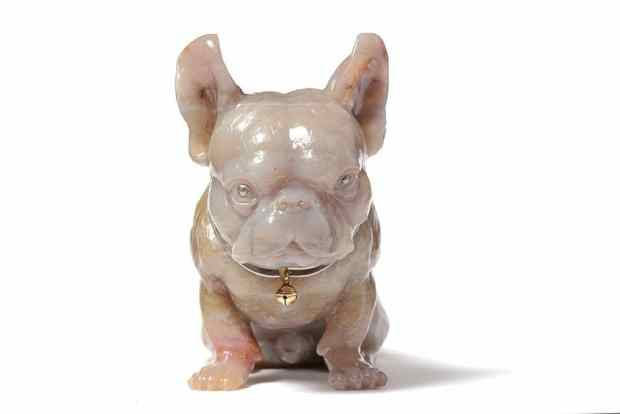






Comments
Don't miss out
Join the conversation with other Spectator Australia readers. Subscribe to leave a comment.
SUBSCRIBEAlready a subscriber? Log in